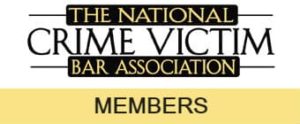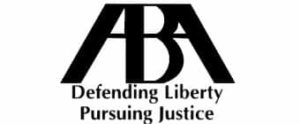
If you or a loved one were the victim of child pornography and would like to pursue legal action against those who enabled the crime, contact our lawyers today for a free consultation. Here's how we can help:
Call our experienced attorneys now to discuss your case. Learn more from our lawyers that represent child molestation victims.
Child pornography (also referred to with the term preferred by many advocates, “sexual abuse imagery of children”) is any visual depiction of a minor being subjected to sexual acts or shown in a sexually explicit manner. This includes photos and videos of actual children as well as any images / footage featuring subjects that were obviously created or digitally manipulated to resemble children.
According to the U.S. Department of Justice, possession of such material is considered a serious criminal offense in all 50 states and often leads to conviction as a sex offender as well as sentences with jail time.
Read More: Can You Sue The Boy Scouts For Child Sex Abuse?
Tragically, child pornography is spreading faster than ever, with pedophiles taking full advantage of the Internet and associated technologies to aid them in creating, viewing, and sharing it.
With so many children and teens using popular social media platforms, often providing their real names, locations, and other sensitive personal information, it can be easy for child pornographers and sex traffickers to stalk them virtually.
Aside from contact information and hints about daily routines such as school schedules, details that would assist in locating the child, predators might look for hints of the child’s likes and dislikes and other characteristics that might help them befriend the child through chatting online.
Before the Internet was so widely-used, predators would have to meet in person or rely on mail delivery in order to obtain child pornography, but nowadays, it’s fairly easy to obtain illicit photos and videos while remaining anonymous.
This is achieved through using methods such as peer-to-peer networks that allow predators to trade pornographic files directly with each other and virtual private networks (VPNs) that allow users to conceal their IP addresses as they browse illegal content.
If predators know how to compromise the security of a child’s computer, they can obtain photos, videos, and sensitive personal files without the child ever even knowing about it.
One of the most horrifying examples is the use of Remote Administration Tools (RATs) to remotely gain complete control of a victim’s computer, including hardware such as webcams. In this way, hackers can steal any of the child’s files, as well as remotely switch on the webcam to take photos and record videos of children at will.
Thankfully, victims of child pornography are currently able to take legal action against perpetrators. Masha’s Law is a federal law that permits children who were exploited through child pornography to file civil lawsuits against individuals guilty of producing, distributing or possessing sexually abusive images and videos of them.
The law also establishes a $150,000 minimum in damages for each plaintiff. Even if the defendant already owes compensation to a plaintiff from a criminal lawsuit, Masha’s Law supports the child pornography survivor’s right to request further compensation with a civil suit.
Masha’s Law was named after a young Russian-born woman who was adopted at 5 years old by a child pornographer, who sexually abused her on film and distributed the footage online.
After the FBI identified and contacted her to give testimony for a criminal case against her abuser, the girl changed her name to protect her privacy. She also later filed a $20 million civil lawsuit against her criminal "stepfather," who was sentenced to over 15 years in prison for his crimes against her and other girls that he abused on videotape, including his own daughter.


